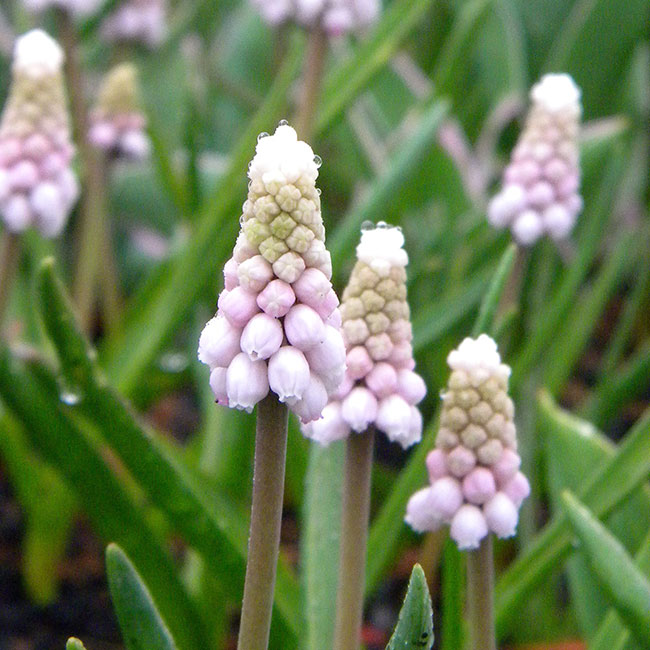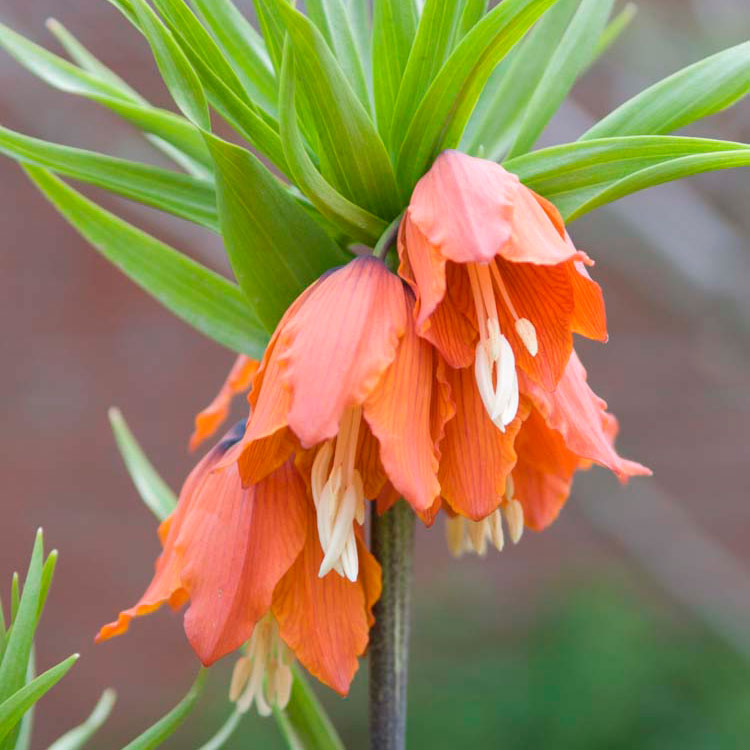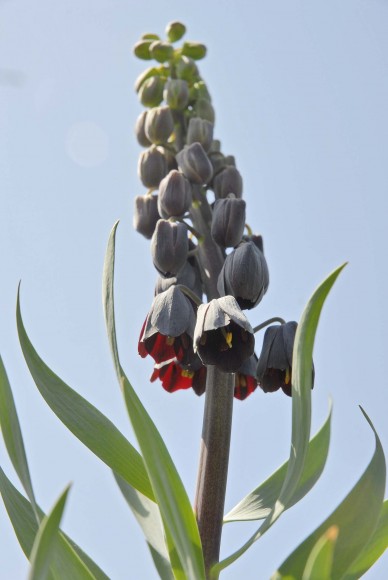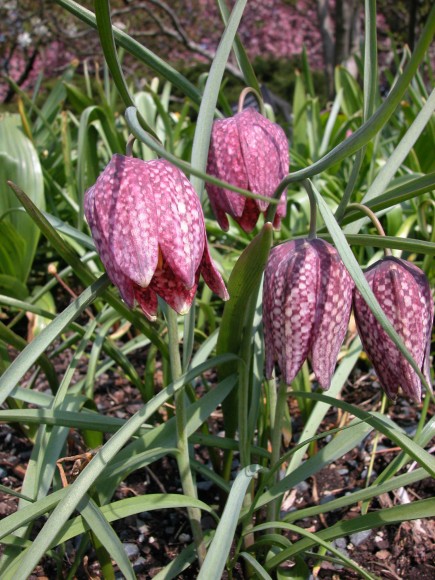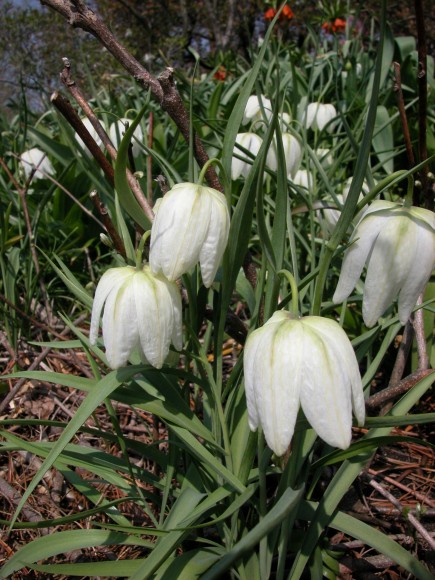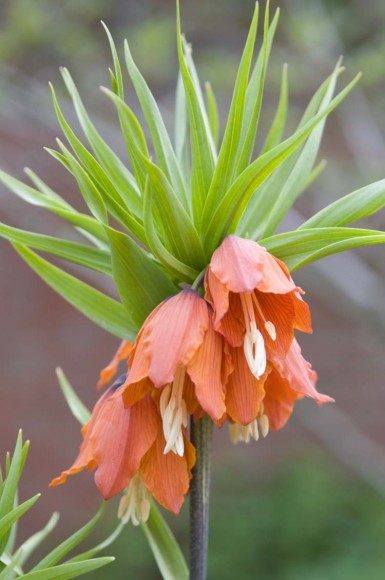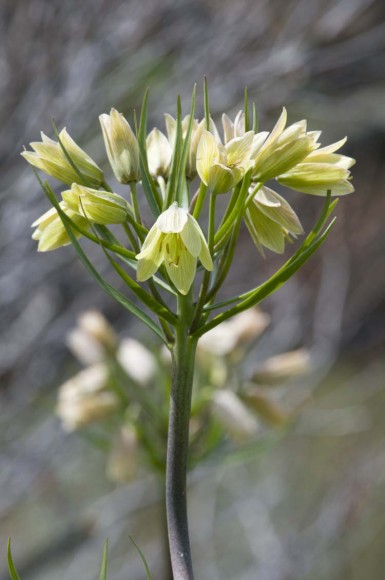Things move quickly in the bulb garden in the spring!
In three weeks, we’ve already seen the “little blue bulbs” (Scilla and Chionodoxa) come and go, the first of the species tulips burst forth with color, and the foliage fill out, creating a rich, green backdrop, allowing the flowers to shine. Even with our cold spring, we’ve already had a month of flowers—which goes to show just how tough these plants really are. We’re on our third flush of flowers while many other gardens are still just waking up for the season.
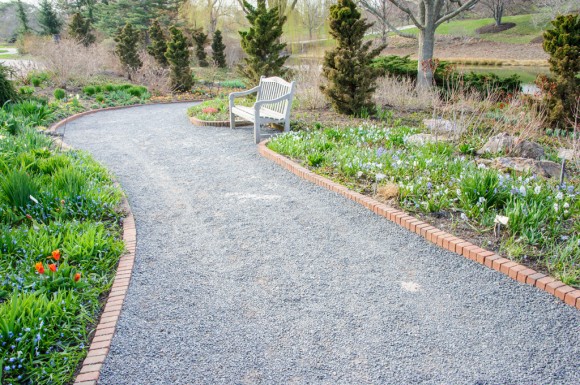
The little blue bulbs are making way for the most popular and well-known of the bulbs; the daffodils (Narcissus) and hybrid tulips. We’ve also got many types of Fritillaria, Corydalis, and Muscari adding unique colors and forms to the display. The foliage is filling out, creating a lush oasis of green in an otherwise still-dreary spring.
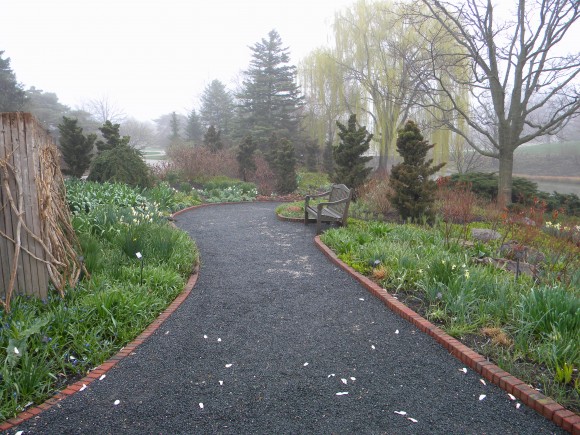
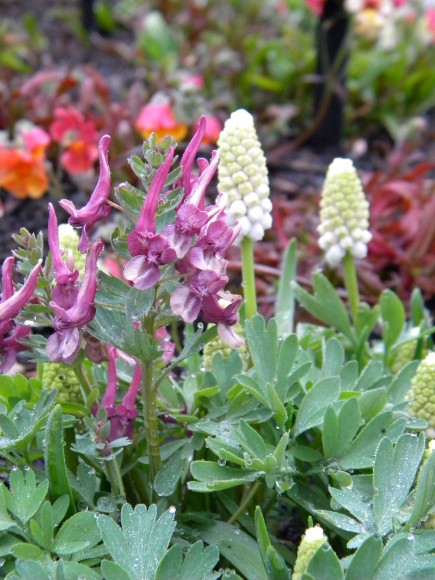
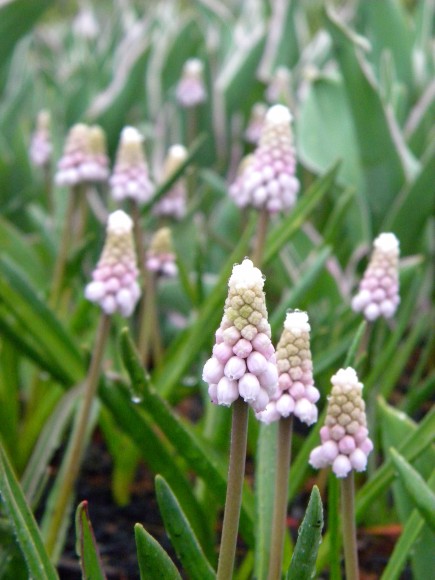
Look closely as you walk along the paths, and you’ll see many unique flowers, such as several varieties of Erythronium and Fritillaria of all different sizes and colors.
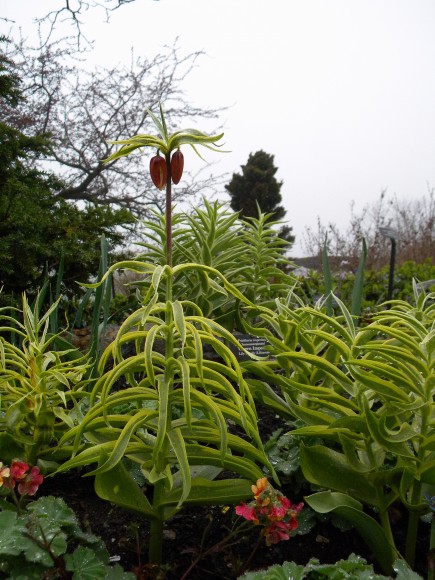
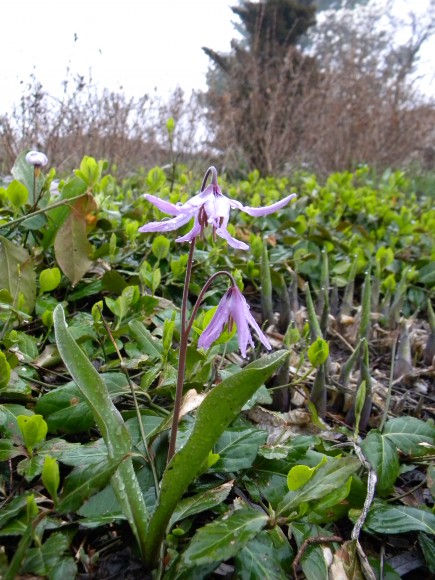
On May 1, we had our first Meet the Horticulturist for the season. I had the opportunity to lead a group of visitors around the Graham Bulb Garden and highlight some of the most unique and exciting things in bloom. Some visitor favorites included Corydalis varieties with their jewel-toned flowers and soft cushions of blue-green foliage; the cheerful spikes of blue, white, or palest pink Muscari; and dwarf Iris ‘Evening Shade’, which is a new hybrid Juno iris, with a unique growth habit, that looks very much like a miniature corn plant. Another plant that really wowed the visitors was the variegated crown imperial fritillary (Fritillaria imperialis ‘Aureomarginata’).
Meet the Horticulturist events are a great way to get a more in-depth view of some of your favorite gardens. We’ll be featuring four more throughout the summer, with various other gardens as the highlight. Come talk with us!
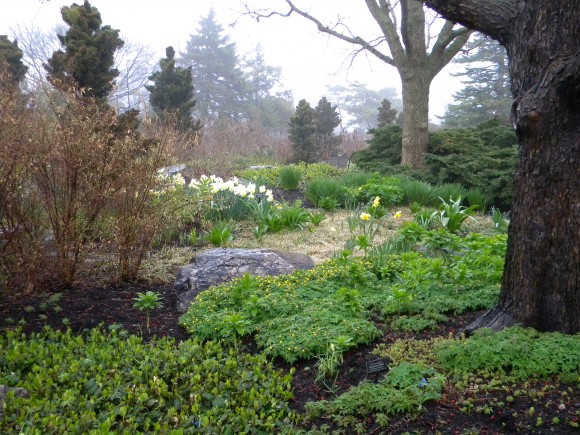
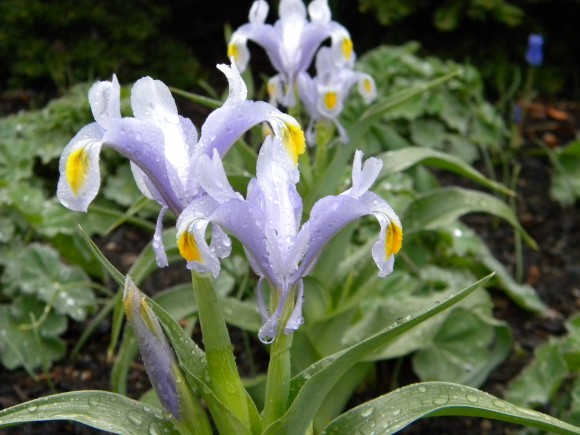
©2014 Chicago Botanic Garden and my.chicagobotanic.org

